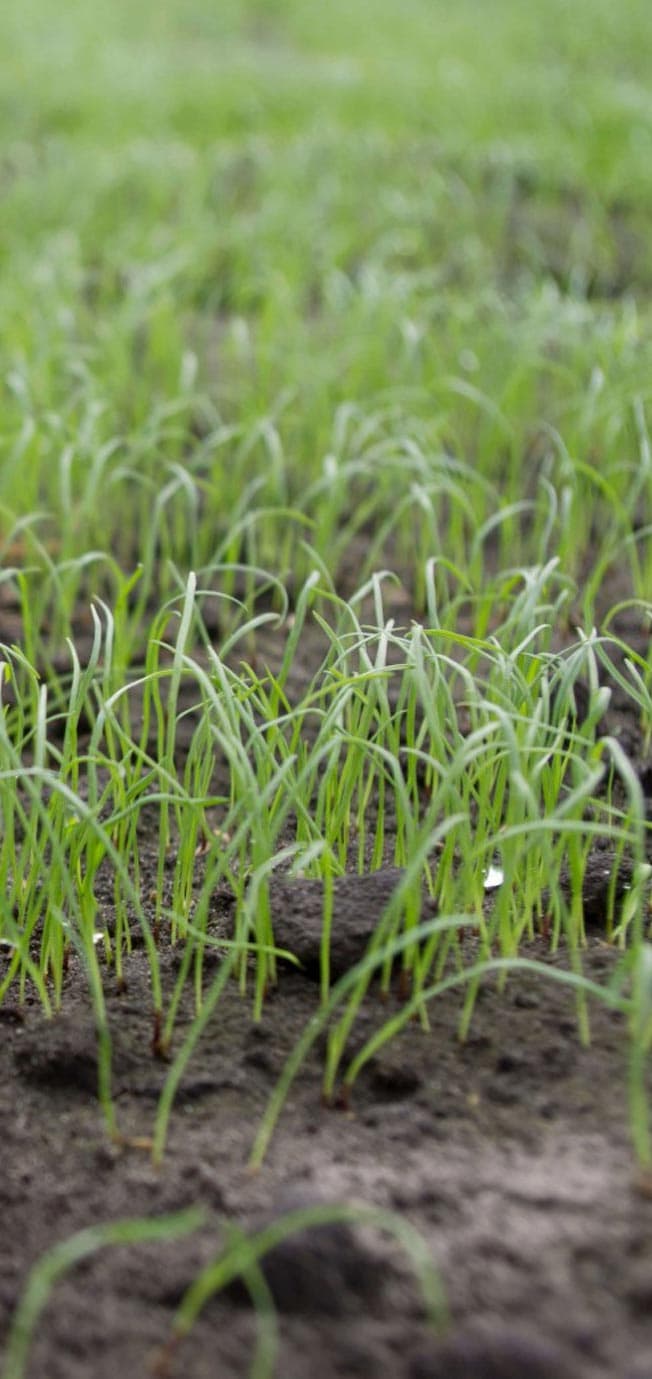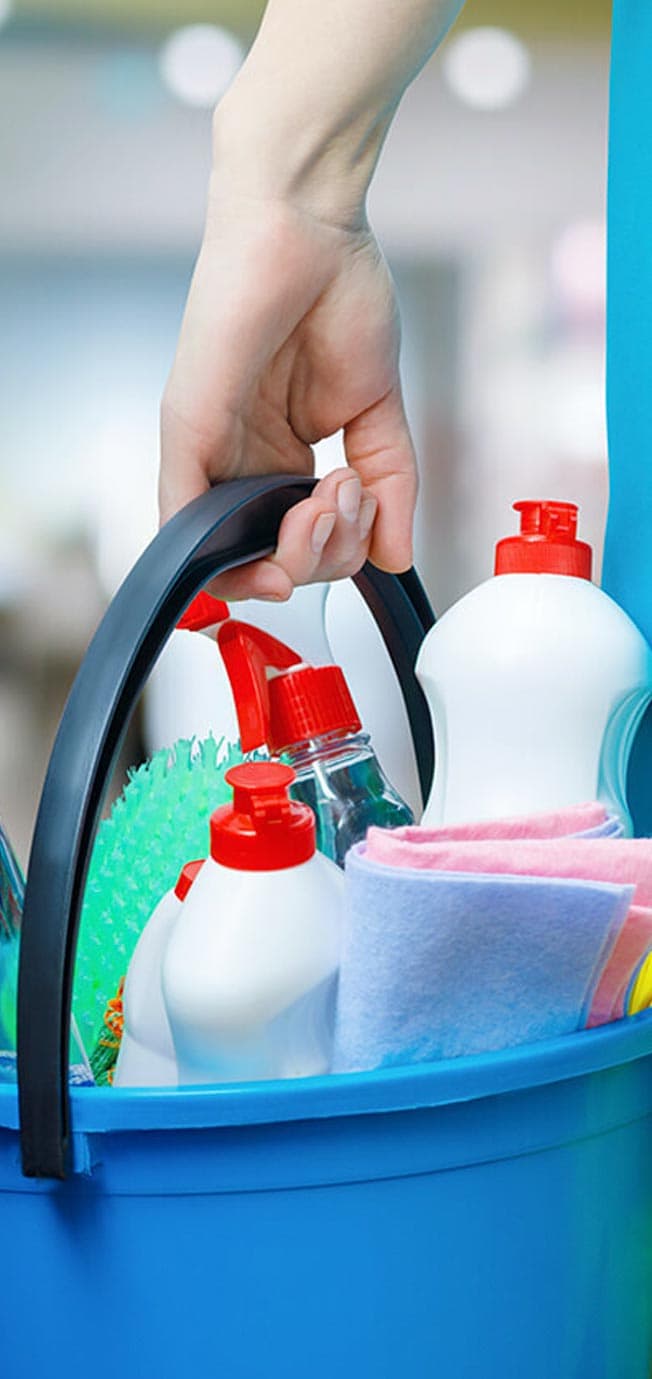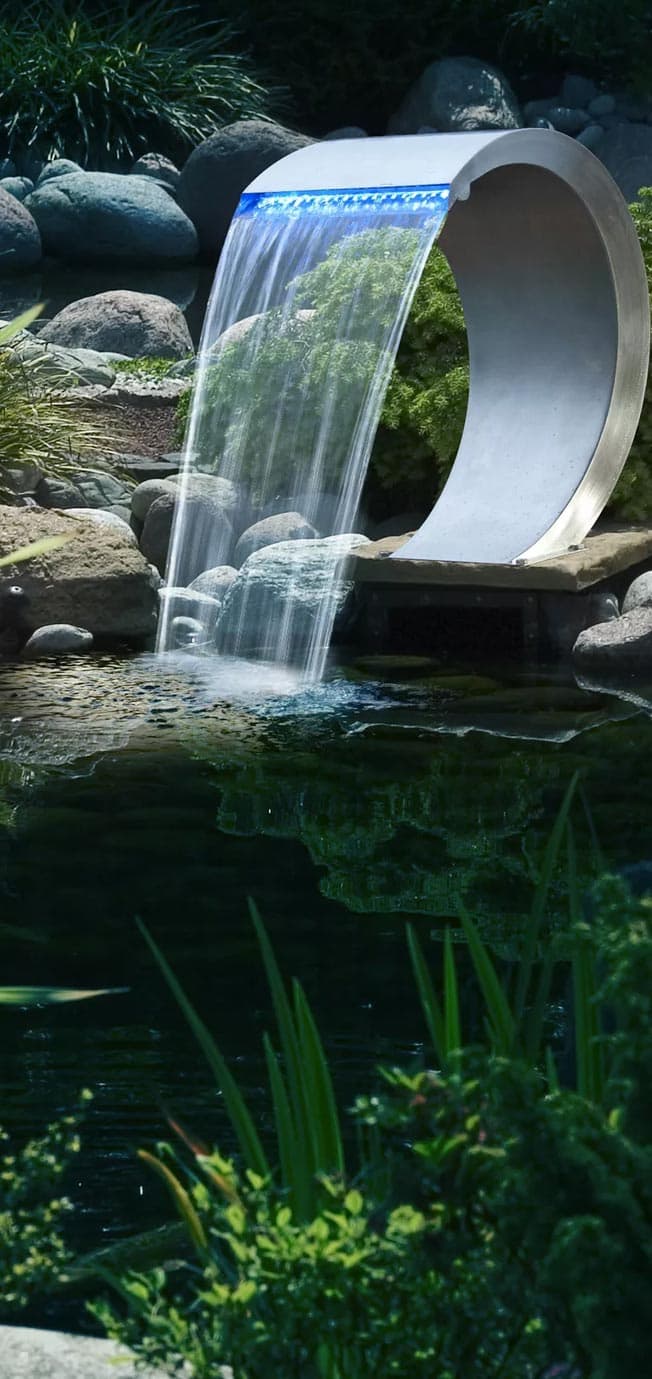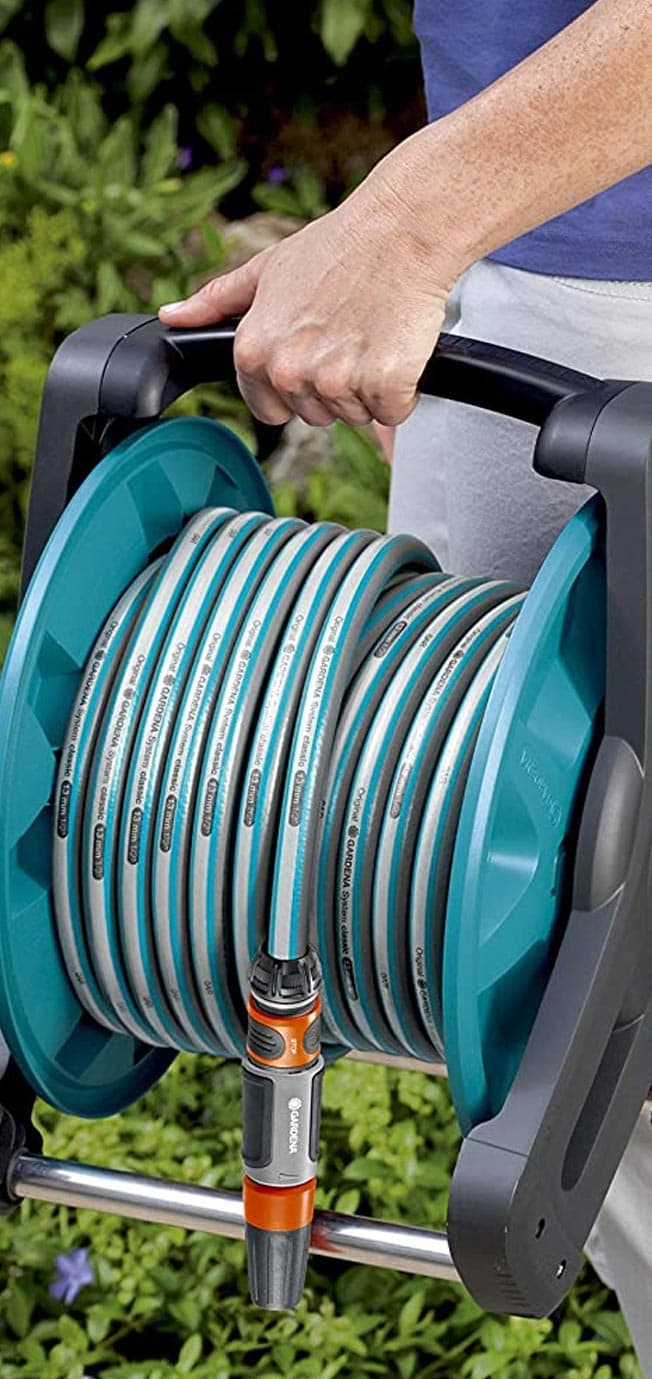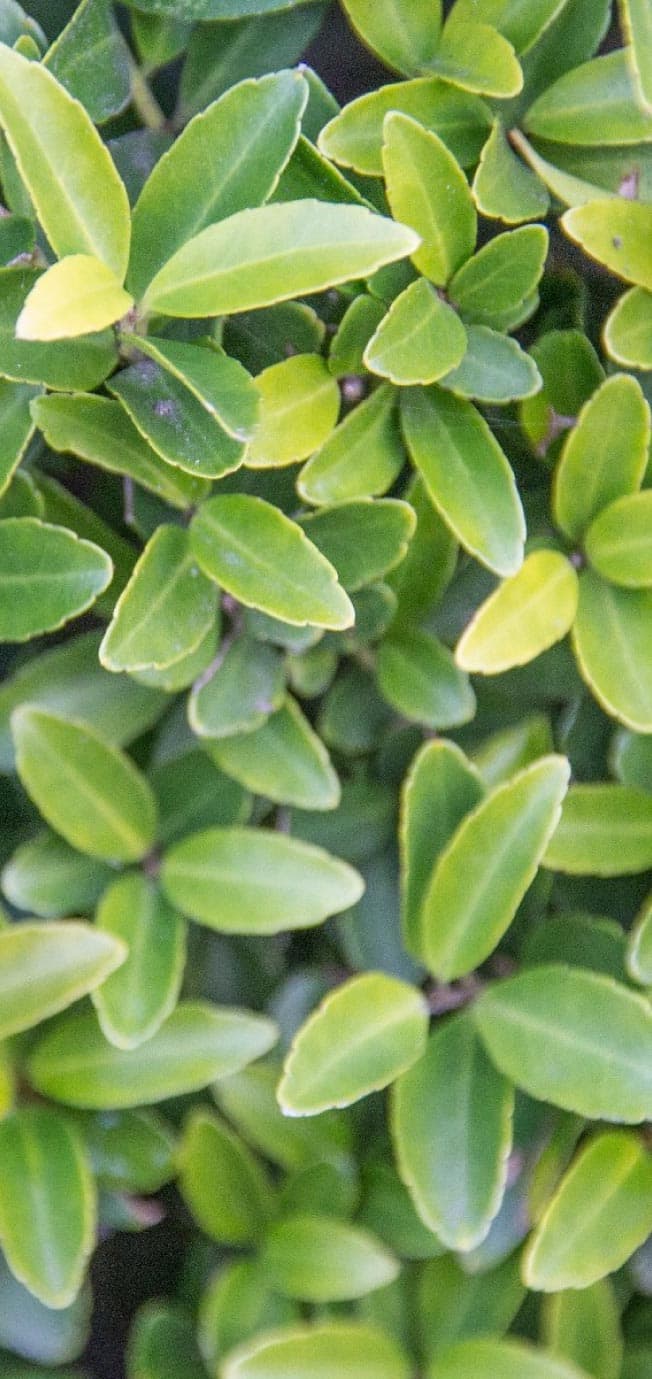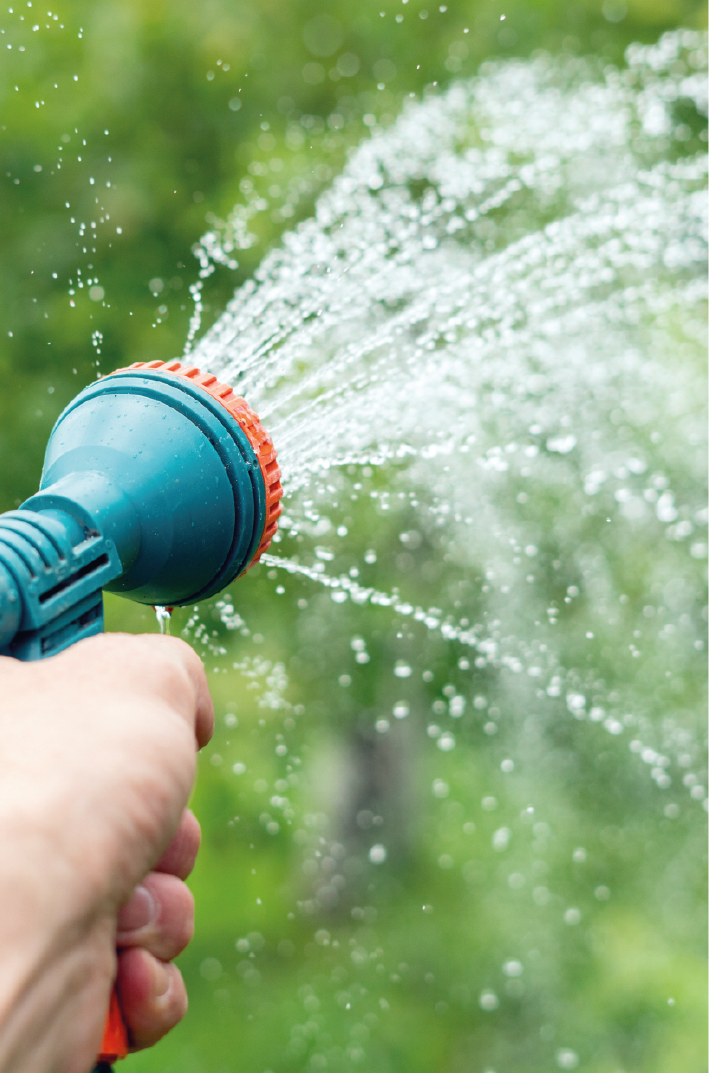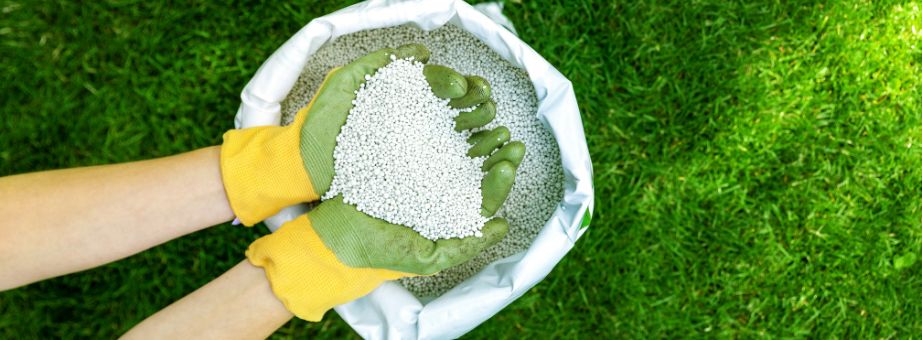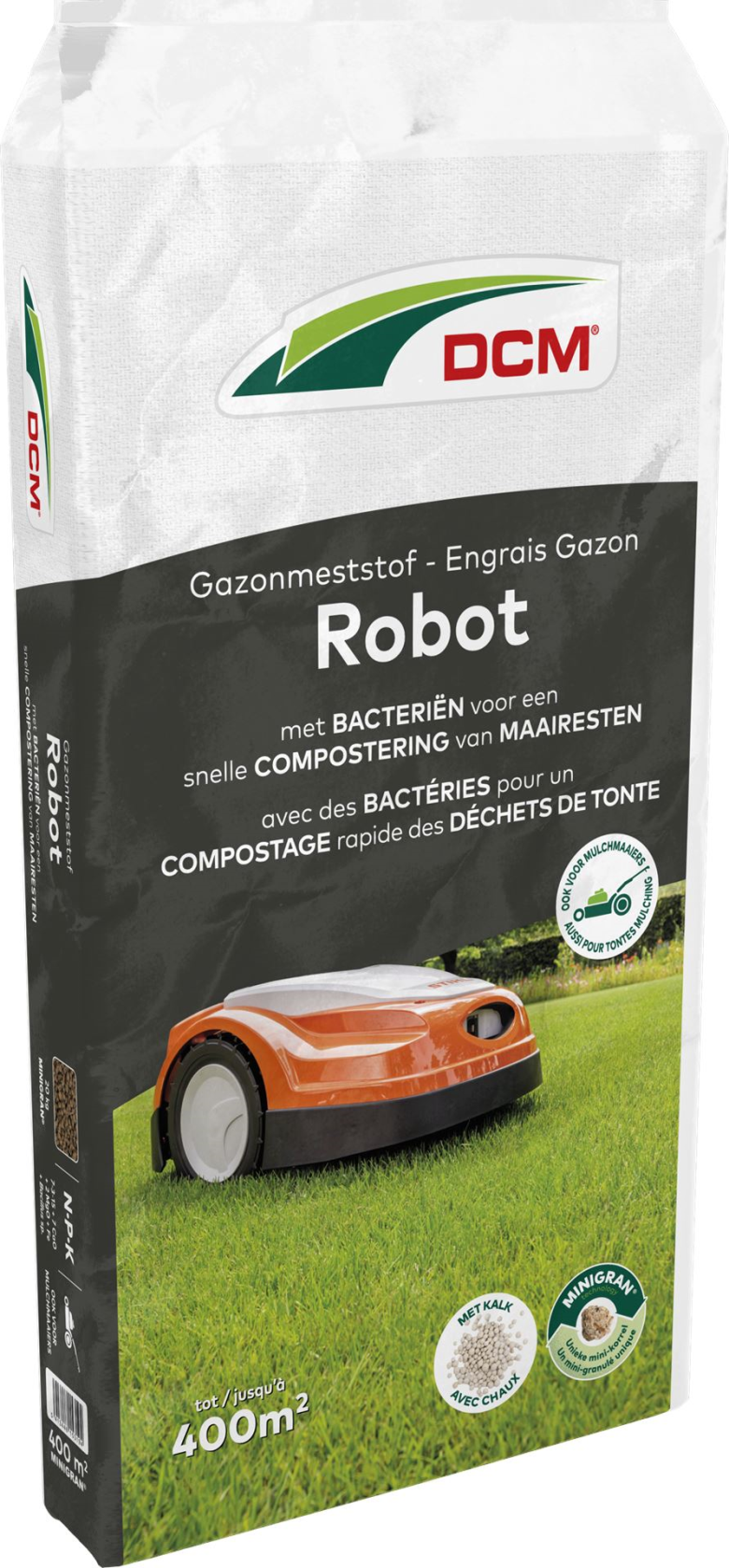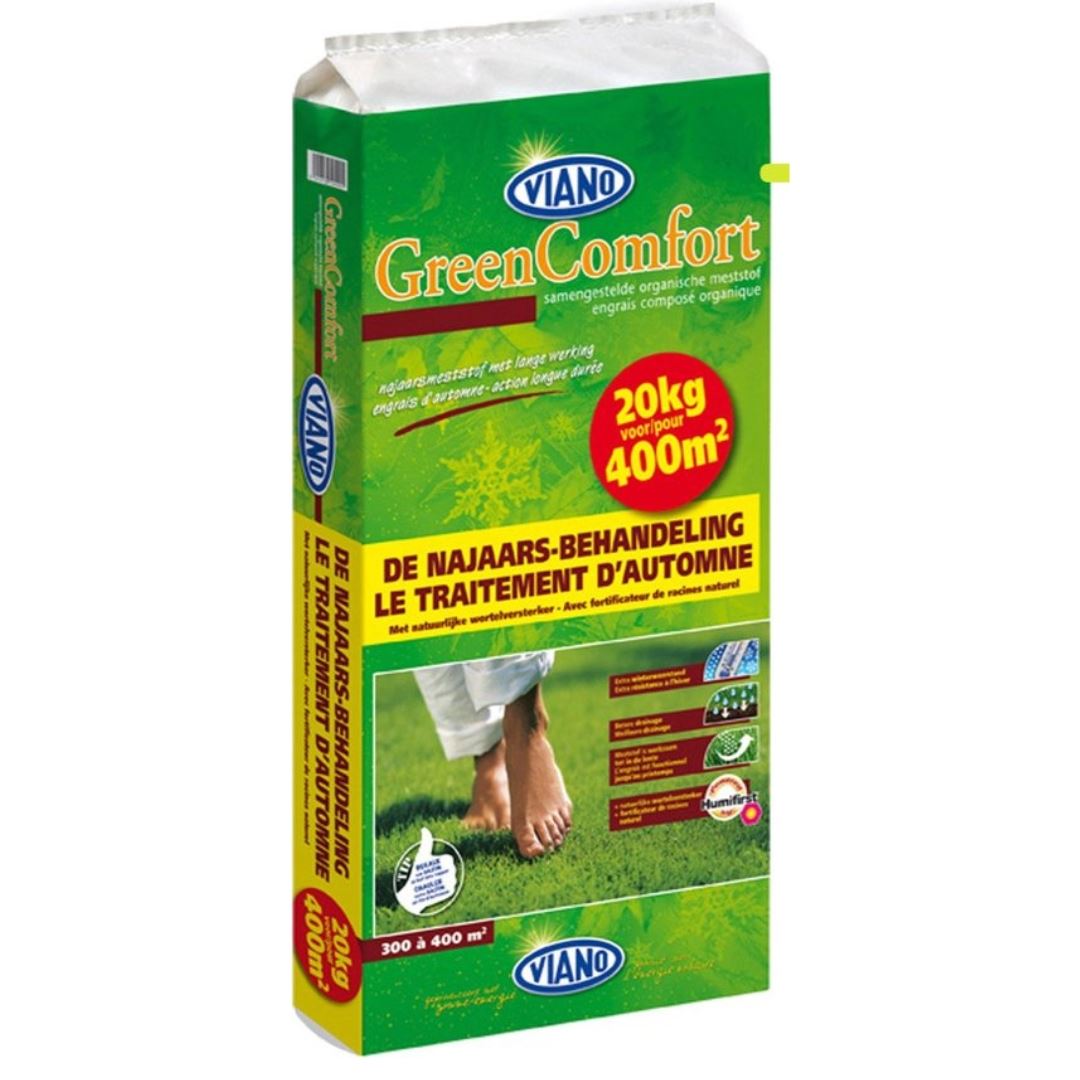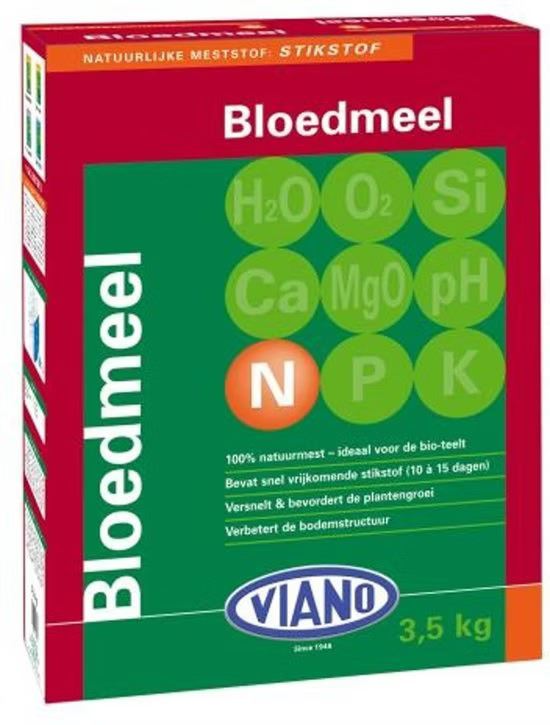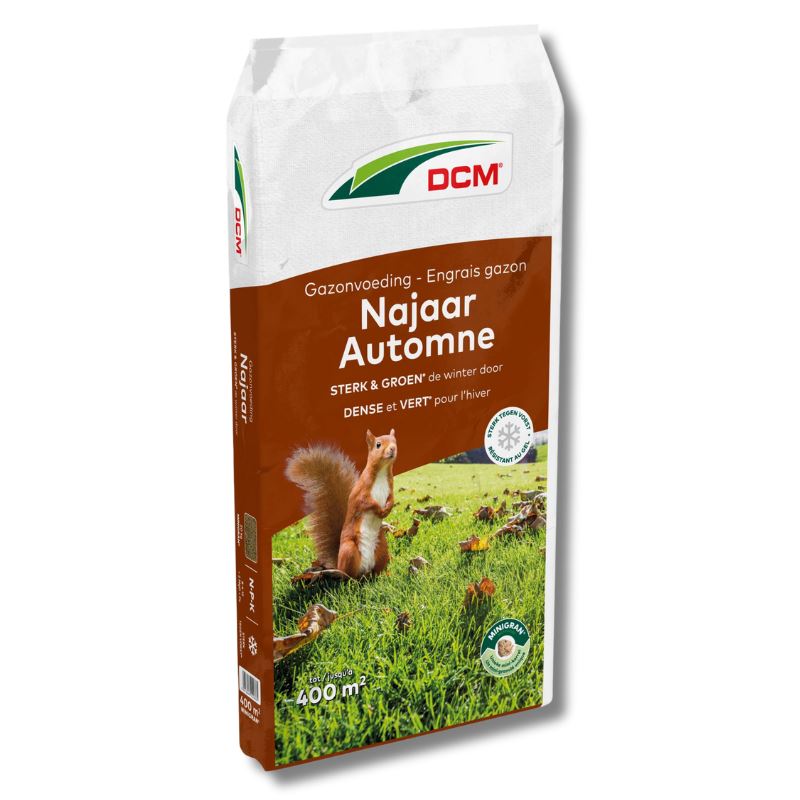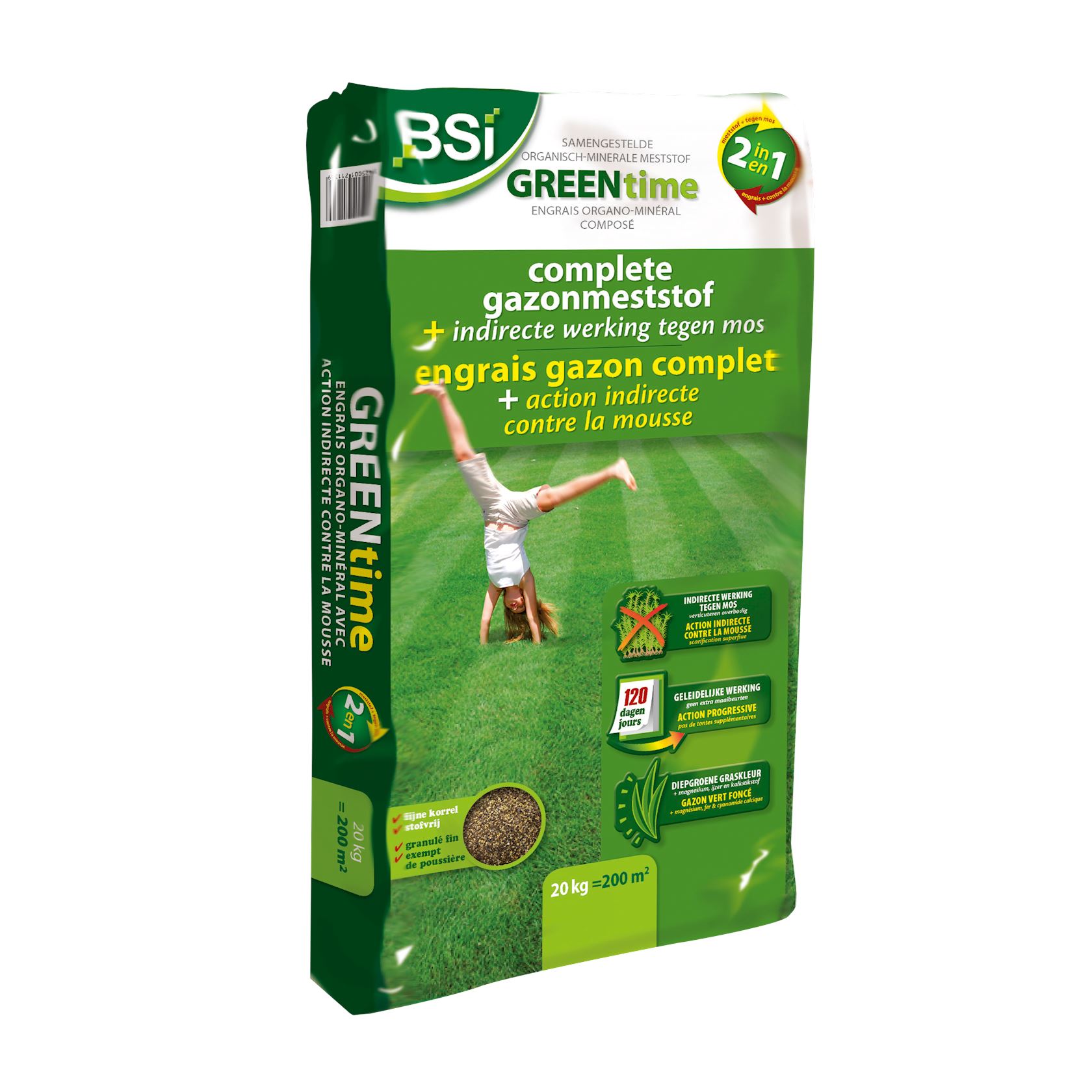Which fertiliser does my lawn need?
From February to October, your lawn could use some help. Lawn fertilisers contribute to a strong, lush and green lawn, and they also have an indirect effect against weeds and moss. The latter benefit is all the more important since the sale of selective herbicides to private individuals was banned. In this blog, we will tell you all about the various types of lawn fertilisers & when to apply them.
Do I choose a chemical or organic fertiliser?
The benefits?
- Quick green: chemical fertilisers are absorbed by your lawn immediately, giving your turf a quick green & healthy look.
- Specific nutrients: because chemical fertilisers are artificial, they can be formulated very specifically according to the needs of your lawn. Thus, they contain a bomb of nutritional elements.
- Long shelf life: chemical fertilisers often have a longer shelf life.
The drawbacks?
- Short duration of action: your lawn may instantly transform into the perfect green turf, but it is short-lived. Chemical fertilisers are immediately absorbed by the lawn, but also have a shorter duration of action.
- Overdose: with chemical fertilisers, it is easier to overdose, which not only harms your lawn but also the soil (resulting in soil pollution).
Organic fertilisers
The benefits?
- Boost for your soil: organic fertilisers feed not only your lawn, but also the soil. They contribute to a better soil structure and soil life, which also benefits your pelouse.
- Long duration of action: these fertilisers have a longer duration of action than chemical alternatives.
- More environmentally conscious: organic fertilisers are much less likely to burn your turf. They are also more environmentally friendly.
The drawbacks?
- No instant results: organic plants may have a longer duration of action, but they are also absorbed more slowly. That means you won't be able to enjoy a green turf instantly, but patience pays off!
- Less potassium: the potassium content is somewhat lower in organic fertilisers than in artificial fertilisers. This need not be a problem because organic autumn fertiliser contains a higher dose of potassium, and it is precisely during those months that your lawn needs extra potassium to develop extra resistance.
- Less precise: chemical fertilisers can be formulated exactly according to the needs of your lawn. As organic fertilisers use only natural materials, the composition can vary.
What is the difference between spring and autumn fertiliser?
Fertilisers are good for the lawn but that does not mean you can apply any lawn fertiliser. It is recommended to fertilise the lawn three times a year because the fertiliser provides three months' worth of nutrition on average. However, do not use the same type of fertiliser all year round because your grass has different needs in spring and autumn. During spring, extra nitrogen is important to stimulate root growth because we naturally want a full lawn. This not only looks nice in the garden, but also ensures that weeds have less chance to nestle between bare patches in the grass. Magnesium is also welcome as it ensures a deep green colour.
In autumn, on the other hand, we want growth to slow down & roots to strengthen & become resilient. That is the role of potassium & phosphorus in the fertiliser. By strengthening the root system, the lawn is also less susceptible to all kinds of diseases and fungi that lurk in winter (e.g. due to snow remaining on the lawn).
Since fertiliser lasts about three months on average, it is advisable to fertilise your lawn again in summer.
Tip from Marcel: we recommend not spreading nitrogen-rich formulas from mid-August onwards. Should you still do this and also spread autumn fertiliser again from September/October, your lawn would get too much nitrogen which would just make it weaker instead of strengthening it for the upcoming winter!
The NPK formula
On many fertilisers, the NPK formula is mentioned. But who are these key players, and what do they do? For the seasoned gardener, it's child's play but for those still green behind the ears, we'd like to explain:
N = Nitrogen: stimulates the growth of your lawn
P = phosphorus: ensures a strong root system of the lawn
K = Potassium: increases the resistance of your lawn
Be careful with a young lawn
You naturally want to take care of a young lawn as well as possible, but be careful with nitrogen-rich fertilisers, such as Lawn Booster or calcium cyanamide (this is a very controversial product anyway, read all about it here), because they might burn your lawn. However, you can do the young lawn a favour with Recovery fertiliser. It ensures strong rooting (allowing children & pets to play safely on the lawn). This fertiliser also has a positive effect on the recovery of the lawn. So it is ideal to use after scarifying or when laying out the lawn.
And what about liming?
In spring or autumn you can also lime your lawn. Always measure the pH value of the lawn before applying lime. The ideal pH value for a lawn is between 6.5 and 7. All kinds of factors (e.g. acid rain) can acidify your lawn and cause the pH value to deviate. A more acidic soil is the ideal environment for moss so by liming, you will start to lower the acidity of your lawn and also reduce the chances of moss growth. The lime will also help the lawn absorb the nutrients from your fertiliser better. Let the lawn rest for a few weeks between liming and fertilising.
Check out our recommendations 👇
At Hermie's the grass is always greener and so is yours with our tips👇
More info? Receive all our gardening tips directly in your mailbox!
We'll only email you handy facts, green advice and our best promotions & discounts. You'll receive it about once a week and you can unsubscribe at any time. No spam, promise 🤞

